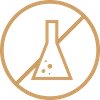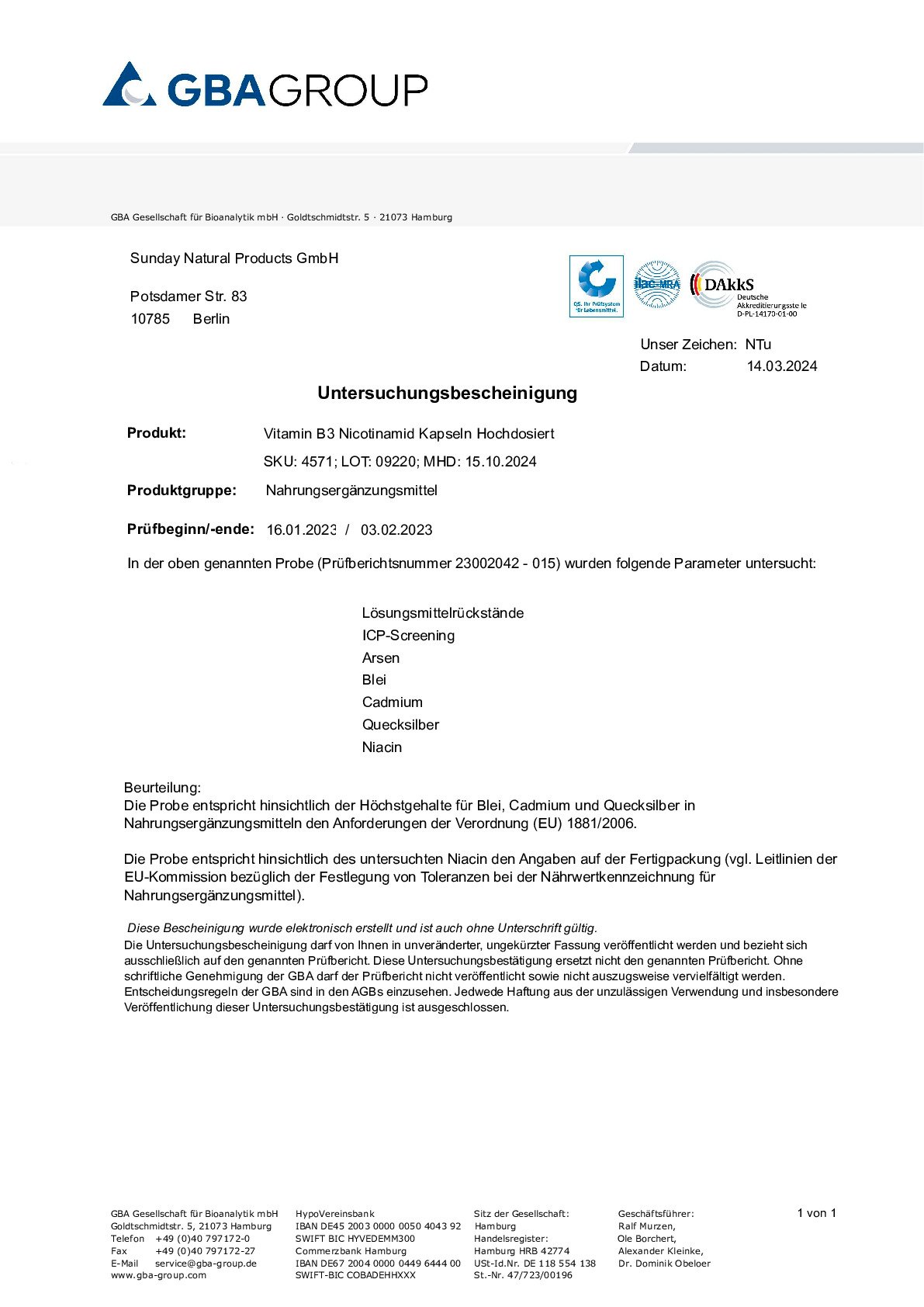Vitamin B3
Vitamin B3 (niacin) is a precursor of nicotinamide adenine dinucleotide (NAD) and nicotinamide adenine dinucleotide phosphate (NADP), two central coenzymes in cell metabolism involved in over 450 redox reactions. NAD is required for countless body reactions as an energy transmitter and is an essential component of the respiratory chain. Vitamin B3 is therefore essential for the body's energy supply and is present in various forms in virtually all body tissue.
NAD also enables the formation of sirtuins and ADP-ribosyl polymerase, two chemical messengers which control countless fundamental cellular processes. The combined effects of vitamin B3 therefore influence almost the entire metabolism.
Vitamin B3 is involved in energy production as well as the metabolism of carbohydrates, fats and amino acids. Vitamin B3 regulates numerous regeneration and repair processes, including of the skin and mucous membranes.
A sufficient supply of niacin is also vital for the nervous system because of the role it plays in the formation of important chemical messengers.
Nicotinamide/Niacinamide: Bioavailable B3 without the Typical Vitamin B3 Flush
Nicotinic acid must be converted into active coenzymes over several steps within vitamin B3 metabolism. In larger quantities, the intake of nicotinic acid leads to a niacin flush, which is defined by a sudden dilation of blood vessels accompanied by strong tingling and reddening of the skin. Nicotinamide, or niacinamide, is the compound from the next stage of vitamin B3 metabolism. This form metabolises easily into NAD and NADP and, even with high doses, only causes flushing in those with impaired B3 metabolism.
According to the European Food Safety Authority (EFSA):
Vitamin B3 contributes to:
- Normal energy metabolism
- Normal functioning of the nervous system
- Normal mental function
- Maintaining normal mucous membranes
- Maintaining normal skin
- Reducing tiredness and fatigue






























